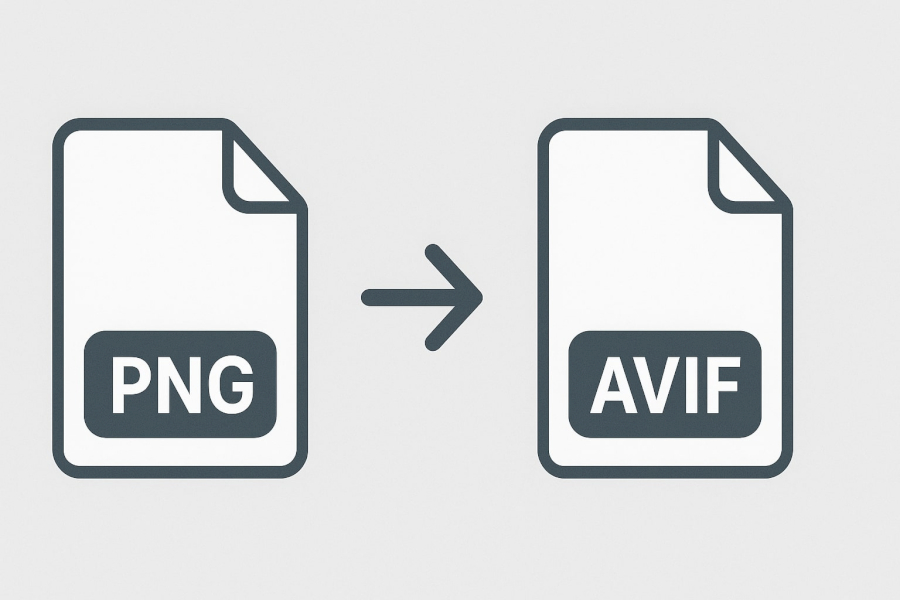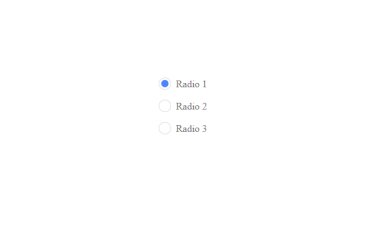AVIF Format: The Future of Image Compression and How to Convert Your Images
27 May 2025
The digital landscape is constantly evolving, and image formats are no exception. While JPEG has dominated web imagery for decades and WebP has gained significant traction in recent years, a new contender has emerged that promises to revolutionize how we handle images online: AVIF (AV1 Image File Format).
What is AVIF?
AVIF is a modern image format based on the AV1 video codec, developed by the Alliance for Open Media. This open-source format represents a significant leap forward in image compression technology, offering superior quality at dramatically smaller file sizes compared to traditional formats like JPEG and PNG.
The format was officially standardized in 2019 and has since gained momentum among web developers and content creators who prioritize both visual quality and performance optimization.
Key Advantages of AVIF
Superior Compression Efficiency
AVIF's most compelling feature is its exceptional compression capabilities. Studies show that AVIF can achieve file sizes up to 50% smaller than JPEG while maintaining equivalent or superior image quality. When compared to PNG for images with transparency, the savings can be even more dramatic.
Advanced Features
AVIF supports a comprehensive range of modern image features:
- High Dynamic Range (HDR): Perfect for displaying images with greater color depth and contrast
- Wide Color Gamut: Support for more vibrant and accurate colors
- Alpha Transparency: Native support for transparent backgrounds
- Progressive Decoding: Images can load progressively, improving perceived performance
- Lossless and Lossy Compression: Flexibility to choose the appropriate compression method
Future-Proof Technology
Built on the open-source AV1 codec, AVIF is royalty-free and designed to meet the demands of modern web applications. Major tech companies including Google, Apple, Mozilla, and Netflix have backed its development.
Browser Support and Adoption
AVIF support has grown steadily across major browsers:
- Chrome: Full support since version 85 (August 2020)
- Firefox: Support added in version 93 (October 2021)
- Safari: Support introduced in Safari 16 (September 2022)
- Edge: Supported since version 121 (January 2024)
While adoption continues to expand, implementing fallback strategies remains important for comprehensive browser compatibility.
Converting Images to AVIF
Converting existing images to AVIF format is straightforward with the right tools. Here are the most effective methods:
Online Conversion Tools
Online converters offer the most accessible approach for occasional conversions. These tools typically support batch processing and maintain image quality while providing user-friendly interfaces.
For PNG to AVIF conversion specifically, specialized tools like PNGtoAVIF.com provide optimized conversion processes designed to handle PNG images effectively while preserving transparency and other PNG-specific features.
Command Line Tools
For developers and power users, command-line tools offer precise control over conversion parameters:
ImageMagick with AVIF support:
convert input.jpg -quality 80 output.avif
FFmpeg (with libavif):
ffmpeg -i input.png -c:v libaom-av1 -crf 30 output.avif
Programming Libraries
Developers can integrate AVIF conversion into applications using various libraries:
- Sharp (Node.js): High-performance image processing
- Pillow (Python): Popular image manipulation library with AVIF support
- libavif (C/C++): Reference implementation for direct integration
Best Practices for AVIF Implementation
Quality Settings
Finding the optimal balance between file size and quality is crucial. Generally:
- Use quality settings between 60-80 for photographic content
- Higher quality (80-90) for images with text or fine details
- Lower quality (40-60) for thumbnails or less critical images
Fallback Strategy
Implement proper fallback mechanisms to ensure compatibility:
<picture> <source srcset="image.avif" type="image/avif"> <source srcset="image.webp" type="image/webp"> <img src="image.jpg" alt="Description"> </picture>
Performance Considerations
While AVIF offers excellent compression, encoding can be computationally intensive. Consider:
- Pre-converting images during build processes
- Using CDN services that support automatic AVIF conversion
- Implementing lazy loading for AVIF images
Common Conversion Scenarios
JPEG to AVIF
JPEG images benefit significantly from AVIF conversion, often achieving 30-50% size reduction while maintaining visual quality. This makes AVIF ideal for photograph-heavy websites.
PNG to AVIF
PNG conversion to AVIF is particularly beneficial for images with transparency. AVIF maintains alpha channel information while dramatically reducing file sizes compared to PNG.
WebP to AVIF
Even WebP images can benefit from AVIF conversion, typically achieving additional 20-30% size reduction while preserving or improving quality.
Industry Impact and Future Outlook
Major platforms have begun adopting AVIF:
- Netflix uses AVIF for streaming thumbnails
- Facebook has implemented AVIF for image delivery
- WordPress added native AVIF support in version 6.1
The format's adoption is accelerating as browser support solidifies and content delivery networks add AVIF support.
Challenges and Considerations
Encoding Time
AVIF encoding requires more computational resources than JPEG or WebP, which can impact workflow for high-volume image processing.
Software Support
While growing, AVIF support in image editing software is still developing. Many popular applications are adding support gradually.
Learning Curve
Optimizing AVIF settings requires understanding new parameters compared to traditional formats.
Getting Started with AVIF
For organizations considering AVIF adoption:
- Audit current image usage to identify conversion candidates
- Test conversion tools to find workflows that fit your needs
- Implement gradually starting with high-impact images
- Monitor performance improvements and user experience
Conclusion
AVIF represents a significant advancement in image compression technology, offering substantial benefits for web performance and user experience. While adoption requires careful planning and implementation, the format's superior compression efficiency and modern feature set make it an compelling choice for forward-thinking web developers and content creators.
As browser support continues to expand and tooling matures, AVIF is positioned to become a cornerstone of modern web image delivery. Organizations that begin adopting AVIF now will be well-positioned to take advantage of its benefits as it becomes the new standard for web imagery.
The transition from traditional formats to AVIF may seem daunting, but with proper planning and the right conversion tools, the benefits of smaller file sizes, better quality, and improved user experience make it a worthwhile investment in your digital infrastructure's future.


